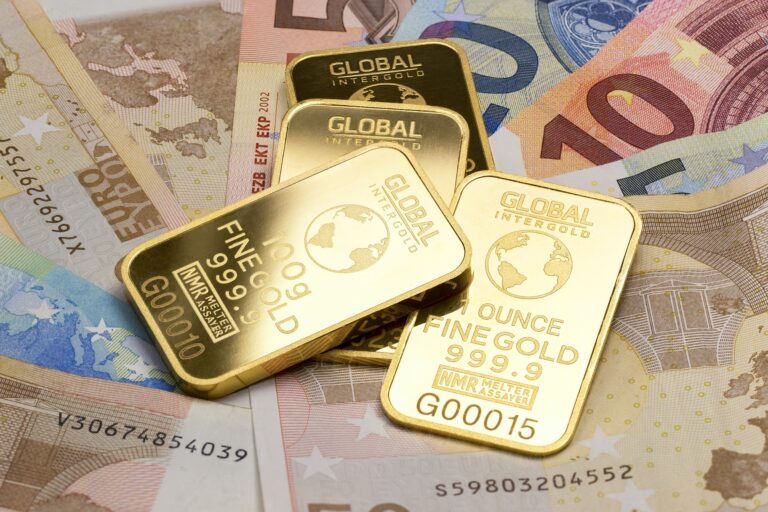In a recent detailed discussion with Michelle Makori, Lead Anchor and Editor-in-Chief at Kitco News, Matthew Piepenburg, Partner at Matterhorn Asset Management, delved into the nuances of the de-dollarization trend and its implications for the pricing of dollar-denominated gold.
Piepenburg, who is also a board member at SignalsMatter.com, brings a wealth of knowledge in real assets, alternative investments, legal matters, and financial strategies, with a focus on precious metal investing for wealth protection. His background encompasses extensive research, evaluation, and investment in various alternative investment avenues, including hedge funds, private equity, venture capital, and real estate. Piepenburg possesses expertise in monetary metals, asset allocation, risk management, and macroeconomic analysis.
He has authored several white papers critiquing the pervasive distortions caused by central bank policies both domestically and internationally. As a guest lecturer, he has shared his insights at prestigious forums, law schools, and universities such as Georgetown, Brown, Harvard, and Cal State. As a published author, Piepenburg contributes regularly to The Good Men Project and penned the Amazon No1 New Release “Rigged to Fail,” offering a candid examination of the inherent deficiencies within central bank-influenced capital markets. Additionally, he has written “Gold Matters, Real Solutions for Surreal Risks,” further emphasizing his expertise and contributions to the field.
Piepenburg touched upon the evolving dynamics of gold pricing in relation to the U.S. dollar. He highlighted a growing trend where gold, traditionally priced in dollars, might see a shift due to the dollar’s diminishing dominance in global markets. This shift, he noted, is partly due to the increased trading of gold and oil outside the U.S. dollar framework, particularly in markets like the Shanghai Gold Exchange, which is beginning to reprice gold independently of the dollar.
Emphasizing the gradual nature of this transition, Piepenburg pointed out that while immediate changes might not be visible, the trajectory is clear towards a more equitable pricing of gold outside the traditional London and New York exchanges. This shift, according to him, is a reflection of a broader move away from the dollar, evidenced by various global transactions and trade settlements increasingly bypassing the U.S. currency.
Discussing the inherent purchasing power of the U.S. dollar, Piepenburg remarked on its significant decline compared to gold since the U.S. went off the gold standard in 1971. Despite fluctuations in the dollar index (DXY), the real purchasing power of the dollar has diminished, a trend he sees as continuing due to the ongoing de-dollarization efforts globally.
Piepenburg raised concerns about the future demand for U.S. treasuries, suggesting that as the world gradually steps away from U.S. debt instruments, the Federal Reserve might be compelled to engage in substantial quantitative easing to manage yields. This scenario, he argues, would further debase the dollar, despite the current strong demand for the currency itself due to its status as the world’s reserve currency.
Featured Image via Pixabay









